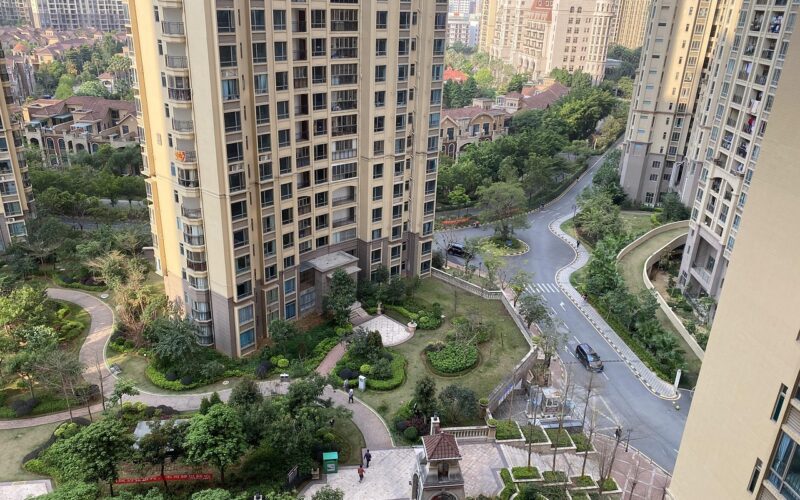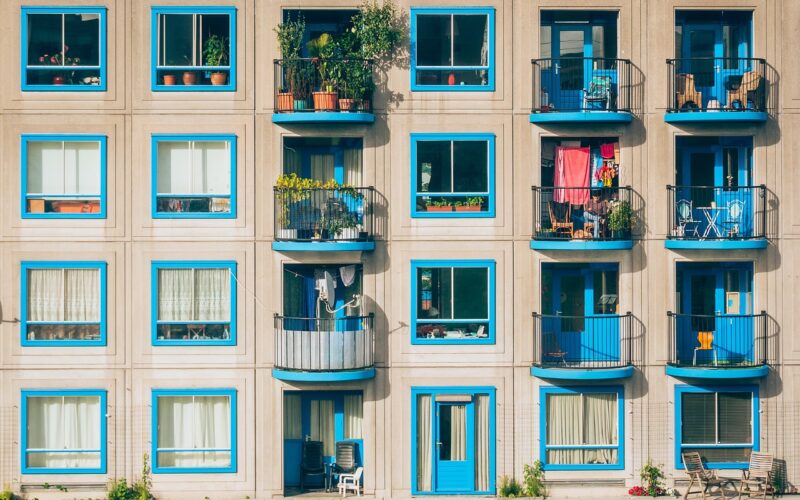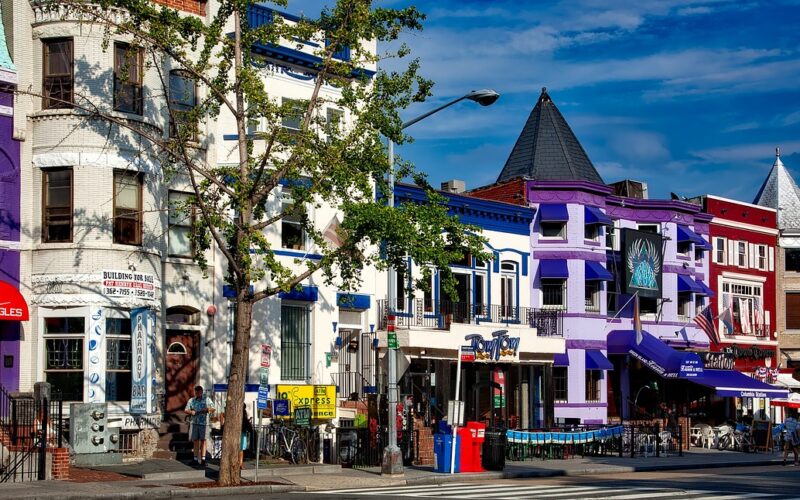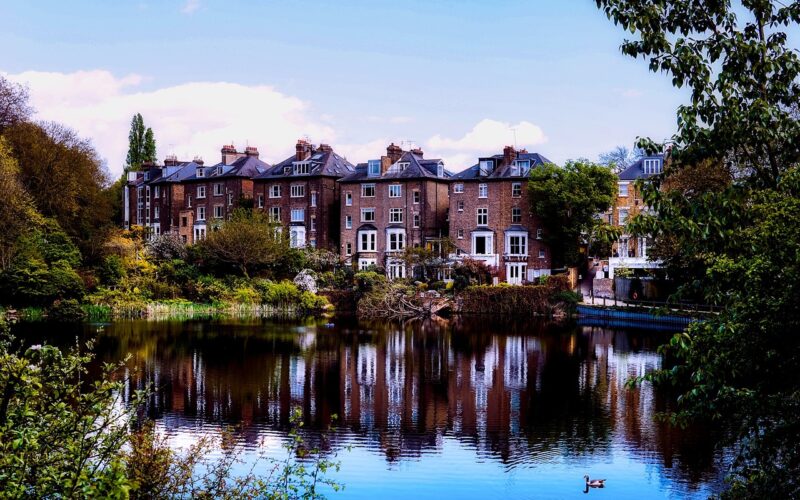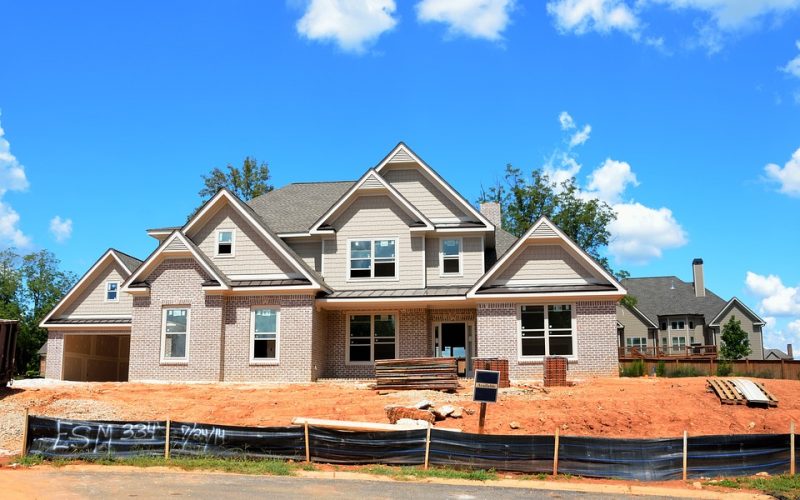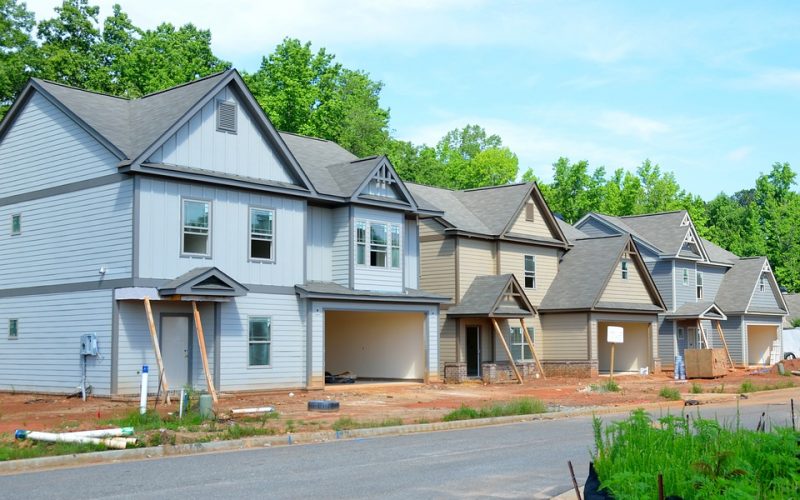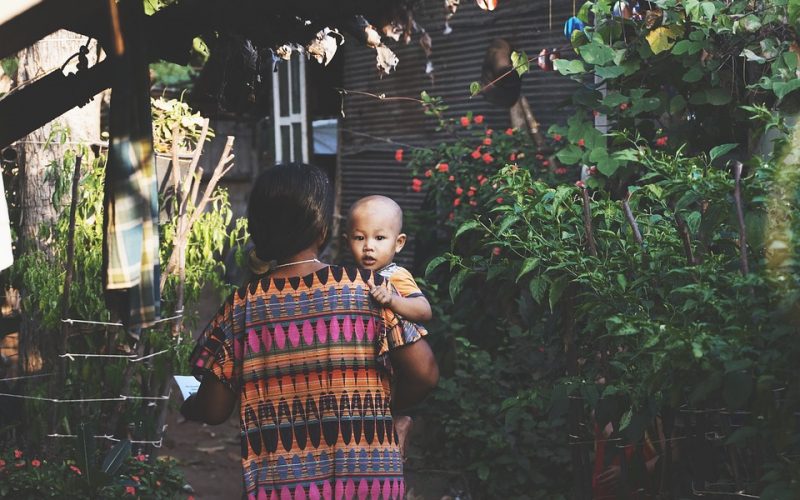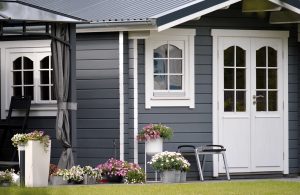Building a new neighbourhood from the ground up is an immense undertaking. It goes far beyond simply constructing houses; it's about creating a vibrant, functional, and safe environment where people can thrive. Planners and developers face a complex web of interconnected challenges, from laying down essential infrastructure to fostering a sense of community. Success is measured not just in the number of homes built, but in the quality of life enjoyed by its future residents.
Laying the groundwork with transport and utilities
One of the first and most significant hurdles is establishing a robust infrastructure. A new neighbourhood needs seamless integration with existing transport networks. This involves planning new roads, bus routes, and potentially even cycle lanes to ensure residents can travel for work, school, and leisure. The process can be disruptive and requires careful coordination with local authorities. Beyond transport, developers must also lay down a completely new system of utilities, including water, gas, electricity, and high-speed internet, all of which must be designed to handle capacity.
Planning for shops and local amenities
A collection of houses only becomes a neighbourhood when it has a heart. This heart is often the local amenities that serve a community's daily needs. Developers must attract the right mix of retail businesses, from supermarkets and cafes to smaller independent shops. This is a classic chicken-and-egg problem: businesses are hesitant to invest before residents move in, while a lack of shops can make an area less attractive to potential homebuyers. Careful market research and attractive incentives are often needed to persuade commercial tenants to take a chance on a new development, establishing a commercial hub that will grow with the population.
The crucial role of schools and education
For families, the availability and quality of schools is a primary concern when choosing a place to live. Building a new school is a major project in itself, requiring significant investment and long-term planning. Developers must work closely with the local education authority to forecast demand and ensure that facilities are ready as families begin to arrive. The absence of adequate schooling can be a major deterrent, so phasing school construction with housing development is a critical balancing act for creating a family-friendly community.
Ensuring the safety and security of the area
Creating a safe environment is fundamental to the success of any new neighbourhood. From the outset, a comprehensive security strategy is essential. This includes well-lit streets, clear lines of sight in public spaces, and the thoughtful integration of modern security technology. For example, the use of closed circuit tv in public areas like parks and town centres can deter anti-social behaviour and provide reassurance. Many developers also install commercial CCTV systems around shopping precincts and community buildings. Furthermore, modern home design often includes pre-wiring for domestic CCTV, empowering homeowners to enhance their own security from day one.
Fostering a sense of community
Perhaps the most abstract yet vital challenge is cultivating a sense of community. A neighbourhood is more than bricks and mortar; it's about the connections between people. Developers can facilitate this by designing shared spaces like parks, playgrounds, and community halls where residents can meet and interact. Organising initial community events, establishing residents' associations, and creating welcoming public realms are all strategies that help turn a housing estate into a true community where people feel they belong. It is this social fabric that ultimately transforms a new development into a desirable and enduring place to call home.
